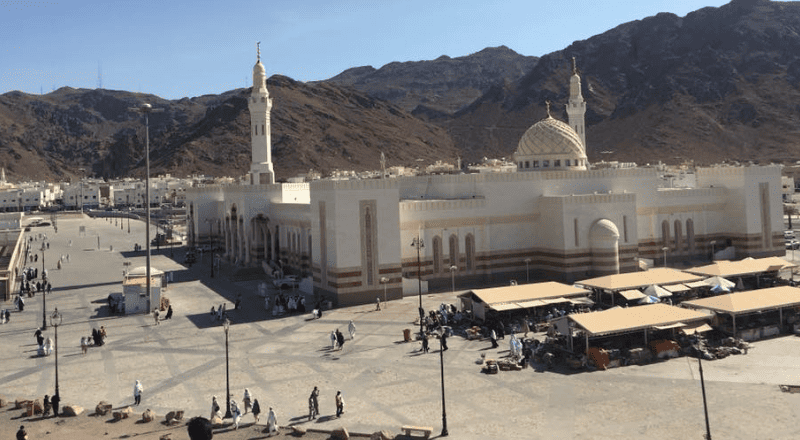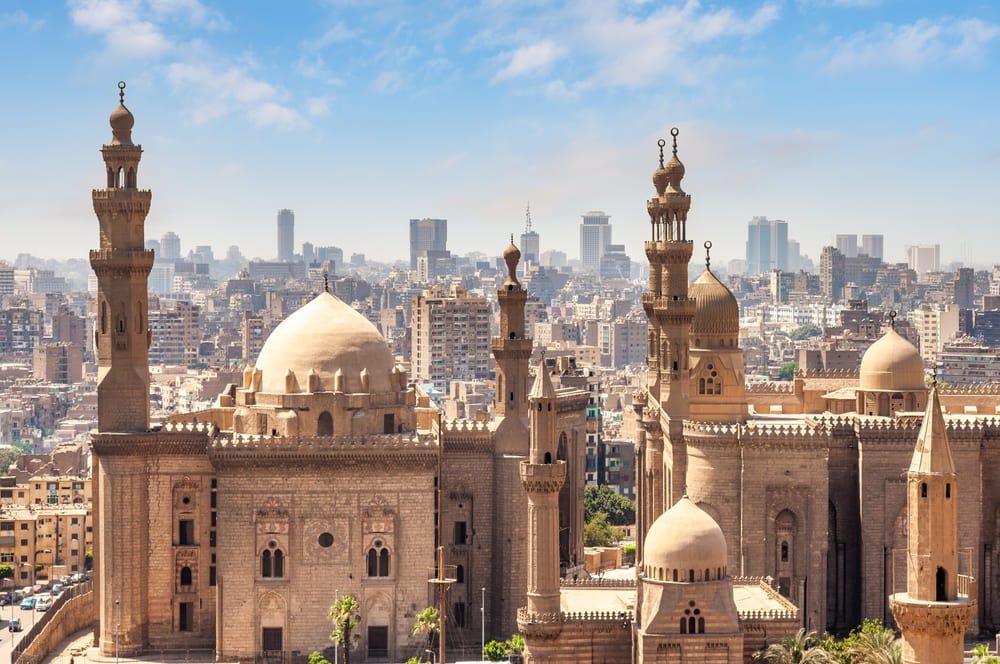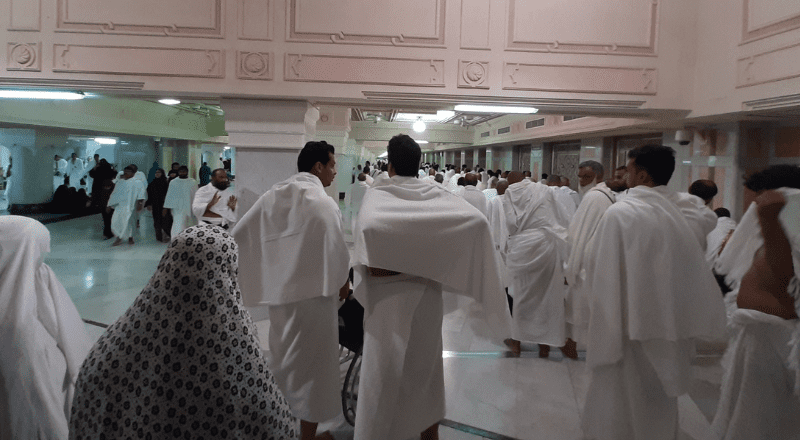10 Mosques in Makkah and Their History
Makkah, the holiest city in Islam, is not only home to the glorious Masjid al-Haram, but to multiple Mosques that have spiritual and historical significance that makes them special. Many notable occasions in Islamic history have transpired at these Mosques, especially during the time of the Prophet Muhammad (peace be upon him), and they are still visited by millions of Muslims every year.
In this blog, we discuss 10 significant mosques in Makkah and an overview of their history.
1. Masjid al-Haram
A list of mosques in Makkah can’t possibly start without mentioning Masjid al-Haram. The largest mosque and the most sacred mosque in the world is Masjid al-Haram. The mosque contains the Kaabah, which is the direction Muslims pray towards. The mosque has grown significantly, with many expansions, first in the time of Caliph Umar, and recently by the Saudi government.
2. Masjid Aisha (Masjid at-Tan’eem)
Masjid Aisha is located approximately 7 kilometers from Masjid al-Haram. Masjid Aisha is where Aisha (RA) (the prophet’s wife) wore Ihram for the Umrah. It is a miqat, the entry point for residents of Makkah, and is used by many pilgrims who wish to do multiple Umrahs.
3. Masjid al-Jinn
This mosque appears at the place where a group of jinn reportedly heard the Prophet Muhammad reciting the Qur’an and accepted Islam. It is among the oldest mosques in Makkah and a note of reminder of the unseen world and the broadness of the message of Islam.
4. Masjid al-Rayah (The Flag Mosque)
Located near Jabal al-Khandaq, Masjid al-Rayah is named after the Prophet’s banner, (rayah). It serves as a reminder of the location of the Prophet’s flag – the banner he had pitched when he entered Makkah during the conquest. Although small and not widely recognized, it carries an enormous amount of history.
5. Masjid Shajarah
Masjid Shajarah (The Tree Mosque) is said to be the location of the miracle in the form of a tree that moved towards Prophet Muhammad (PBUH) as one of the signs of his Prophethood and the assistance he received from God during his mission.
6. Masjid al-Bilal
In honor of Bilal ibn Rabah, the first muezzin of Islam. Recognizing the calling, and memory of a man whose calling was powerful, and committed. This mosque recognizes Bilal’s important status during the early period of Islam.
7. Masjid Abu Bakr
In honor of the first caliph in Islam. In some beliefs, this mosque is believed to be where Abu Bakr prayed when in Makkah. Again, visitors are reminded of the close companionship between Abu Bakr, and the Prophet.
8. Masjid Ali
Masjid Ali is said to be where Ali ibn Abi Talib prayed when he was in Makkah. Even today, it is a simple structure, but it represents the legacy of one of Islam’s most important men.
9. Masjid al-Khayf (in Mina)
Though referenced in Mina, Masjid al-Khayf is so closely associated to Makkah based on its functions for pilgrimage. The Prophet and many other prophets are said to have prayed there. It is mostly active during the Hajj period.
10. Masjid Nimrah (Arafat)
Also located outside of central Makkah, Masjid Nimrah in the plain of Arafat, is the location of the Prophet’s final sermon during the Farewell Hajj, and it is of immense importance to pilgrims to Hajj, and it is only accessible during Hajj.
Conclusion
While Masjid al-Haram is the focal point, these other mosques located in Makkah provide poignant connections to the history and heritage that is Islam. Each mosque has a special story, a lesson of history, and a special reminder of the life and mission of the Prophet.
By engaging with these places of worship and learning, pilgrims and visitors alike can walk in the footsteps of history and have a deeper understanding and appreciation of the deep Islamic legacy that is based in Makkah.



